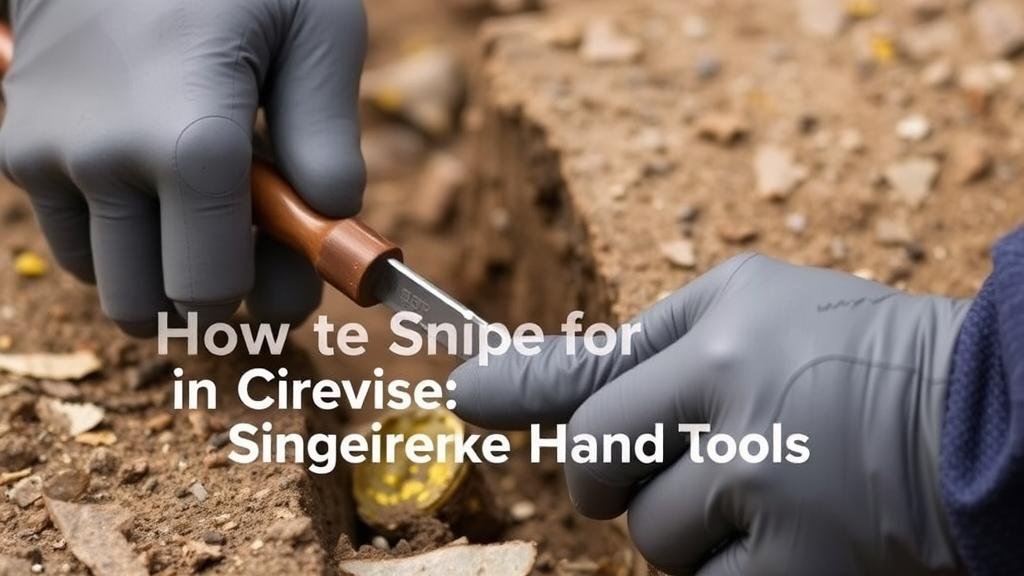How to Snipe for Gold in Crevices Using Simple Hand Tools
How to Snipe for Gold in Crevices Using Simple Hand Tools
Gold mining has evolved significantly over the years; however, the technique of sniping, particularly in crevices, remains one of the most straightforward and effective methods for small-scale gold prospectors. This article provides a thorough approach to sniping for gold, focusing on simple hand tools that are easily accessible and effective.
Understanding Sniping for Gold
Sniping is the practice of using basic tools to extract gold from its natural matrix in crevices and small fissures found within rock formations often in stream beds. This method not only demands knowledge of geology but also a keen eye for potential gold-bearing areas.
Tools Required for Sniping
To effectively snipe for gold, you will need a few essential hand tools. following items are fundamental to any successful sniping operation:
- Snipe Tool (Snipe Nose): This tool is a small, bent metal device used to reach into narrow crevices.
- Pick and Shovel: A small pick can help break up rock, while a shovel is useful for transporting materials.
- Pans and Classifiers: Panning is essential for washing sediment and separating gold from waste material.
- Plastic Tweezers: These can be helpful in picking out small pieces of gold from sediment without losing them.
Selecting the Right Location
Not all crevices will yield gold. Geological knowledge is crucial. Focus on areas with:
- Fossils and Quartz Veins: Gold often accompanies quartz; look for visible veins or fossil patterns.
- Heavy Mineral Concentrations: Locations where heavy minerals collect can indicate the presence of gold.
Research local geological maps and sediment patterns to identify promising areas. Often, the best sites are near river bends or behind boulders where water slows down, allowing sediment to settle.
Techniques for Effective Sniping
Once you have located a potential area, follow these steps for efficient sniping:
- Inspect and Clear the Crevice: Use a pick to loosen debris and sediment covering the crevice.
- Use Your Snipe Tool: Insert the snipe tool into the crevice to extract the material. Feel for heavy deposits.
- Panning the Material: Collect the material in a pan and wash with water to reveal gold flakes.
Remember to work slowly and methodically; patience is key in this process. The delicate nature of gold means that haste can result in lost opportunities.
Real-World Applications
Many small-scale prospectors have successfully utilized snipe tools in historical gold-bearing regions. For example, prospectors in Californias Sierra Nevada used these methods during the Gold Rush and continue to do so today. According to statistics from the United States Geological Survey (USGS), small-scale mining operations reported a yield of about 2 ounces of gold per day in optimal conditions, highlighting the potential bounty accessible through this simple technique.
Environmental Considerations
When sniping for gold, it is imperative to adhere to local regulations and environmental practices. Minimize disturbance to the natural landscape and avoid using harmful chemicals often associated with larger mining operations.
Conclusion and Actionable Takeaways
To wrap up, sniping for gold in crevices using simple tools is a rewarding endeavor if approached correctly. By understanding the necessary tools, selecting promising locations, and employing effective techniques, prospectors can maximize their chances of finding gold. Always remember to respect the environment and follow local laws to ensure sustainable hunting practices. Consider starting your sniping exploration this weekend by gathering your tools and heading out to a local creek!



